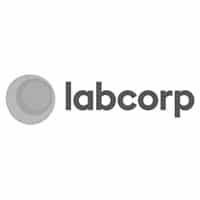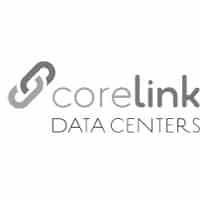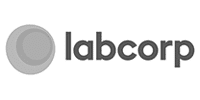 Data center cooling is a topic that could be discussed endlessly. What works best for one data center may not work well for another depending on a variety of factors including data center location, size of data center and type of building. Cooling with water is an eco-friendly and exceptionally effective means of cooling and what many are finding is that chilled water may be even more effective. It remains the goal of most data centers to effectively cool while also being efficient and eco-friendly. When using a chilled water system, a water chiller is used to produce chilled water which is then pumped into the CRAH (computer room air handler) and then then circulates around chilled coils and cools the air in the computer room by removing the heat from a room. It circulates out and then gets chilled again and sent back through the system, making it a very efficient means of cooling a data center.
Data center cooling is a topic that could be discussed endlessly. What works best for one data center may not work well for another depending on a variety of factors including data center location, size of data center and type of building. Cooling with water is an eco-friendly and exceptionally effective means of cooling and what many are finding is that chilled water may be even more effective. It remains the goal of most data centers to effectively cool while also being efficient and eco-friendly. When using a chilled water system, a water chiller is used to produce chilled water which is then pumped into the CRAH (computer room air handler) and then then circulates around chilled coils and cools the air in the computer room by removing the heat from a room. It circulates out and then gets chilled again and sent back through the system, making it a very efficient means of cooling a data center.
In the event of an outage, air cooled chillers can actually return to operation more quickly, making redundancy easier to achieve as well. Additionally, chilled water cooling is easily scalable and adaptable to the ever-changing needs of a data center. In an effort to improve efficiency, many data centers are more closely examining just how cool the chilled water cooling system needs to be. If it can be adjusted by even a degree or two, a significant improvement in energy efficiency can be made. Schneider Electric further examines the advantage of opting to adjust chilled water cooling temperatures in data centers, “In a nutshell, that means many data centers don’t need to be as cool as they used to. Most data centers will find temperatures of 24°-25°C (75°-77°F) will suffer no difference in reliability vs. cooler temperatures… If temperatures inside the data center are higher than in the past, that means the temperature of the chilled water used to cool it – known as the set point for the chillers – can also be higher. As it turns out, that has a profound effect on cooling system efficiency. Raising the chilled water set point from the usual values of 7° to 10°C used in comfort cooling chilled water plants up to 18° to 20°C or higher can result in an operational expense savings of about 40%. That’s because less energy is required to cool the water year-round. In summer, higher evaporating temperatures mean compressors don’t have to work as hard, resulting in improved efficiency. In cooler months, users benefit from many more hours of economizer or “free cooling” operation. A higher set point also results in a capital expense savings of some 30% because chillers don’t have to be as large as at traditional temperatures.” With a re-examination of what temperature your data center needs to maintain to maximize uptime, data centers may be able to adjust their chilled water cooling temperature to save a significant amount of expense and dramatically improve data center energy efficiency.




























